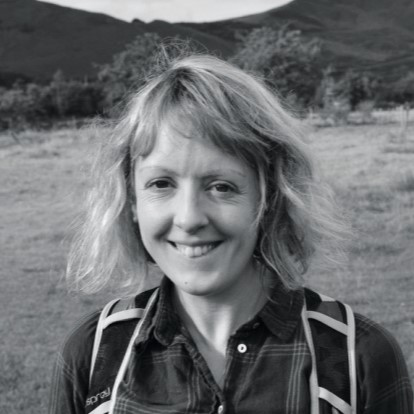World's oldest tortoise still randy at 191 years old
Jonathan, the world's oldest tortoise, has turned 191, living through 40 U.S. presidents and 31 St. Helena governors.

The world's oldest tortoise has turned 191 years old, extending his title of the oldest living land animal by another year.
The Seychelles giant tortoise (Aldabrachelys gigantea hololissa), known as Jonathan, has lived on the remote south Atlantic Island of Saint Helena since 1882 after he was gifted to the governor at the time.
Estimated to have been born in 1832, his age is a conservative estimate as he was fully mature — meaning he was at least 50 years old — when he arrived, meaning he could be even older. His assumed age was supported when an old photograph taken between 1882 and 1886 was discovered showing Jonathan grazing in residency gardens of William Grey-Wilson, the Overseas British territory Governor of St. Helena at the time.
He was granted an official birthday — Dec. 4, 1932 — by Nigel Phillips, the governor of St. Helena, in November last year, according to the Guardian.
Jonathan holds two Guinness World Records (GWR), the oldest known living land animal and the oldest chelonian, an order known for having a hard outer shell such as tortoises, turtles and terrapins. Jonathan claimed the title of world's oldest living mammal in 2021 from Tu’i Malila (c. 1777–1965), a radiated tortoise that lived to be at least 188.
Related: Tiny white tortoise baby is the 'first of its kind'
Seychelles giant tortoises have an average life expectancy of 150 years. Although Jonathan is blind with cataracts and has lost his sense of smell, St. Helena veterinarian Joe Hollins said he remained in good health — with a strong libido and healthy appetite. According to GWR, he still attempts to mate with the tortoises he lives with — Emma, who is about 55 years old, and Frederik, is 32.
Get the world’s most fascinating discoveries delivered straight to your inbox.
“Animals are often not particularly gender-sensitive!” Hollins said.
"Although aware of the responsibility and that, of course, he will die one day, I believe we have greatly enhanced his life expectancy," Hollins said in an interview with GWR. "We introduced once-weekly feeding of good calorific food and this has transformed him, demonstrating probable micro-deficiencies of vitamins, minerals and trace elements."
Jonathan was originally identified as an Aldabra giant tortoise (Aldabrachelys gigantea) from the Aldabra Atoll, which forms part of the Seychelles archipelago. But following an examination of his shell by zoological professionals and the Seychelles Nature Trust, scientists determined he was likely a rare Seychelles giant tortoise.
European sailors hunted the species to near extinction. In fact, the species was deemed extinct until researchers analyzed captive specimens and found living individuals. According to IUCN’s Tortoise and Freshwater Turtle Specialist Group there are now around 80 recorded globally.
In his lifetime, Jonathan has lived through two world wars, 40 U.S. presidents and 31 St. Helena governors. Today, Jonathan peacefully roams the ground with three other giant tortoises called Emma, Fred and David.

Carys Matthews is a freelance writer for Live Science and has a passion for the natural world. Most recently the group digital editor of BBC Wildlife and BBC Countryfile Magazine, she writes about the outdoors, nature and health and fitness. Prior to this she has worked for a number of sports and environmental titles in the U.K.



